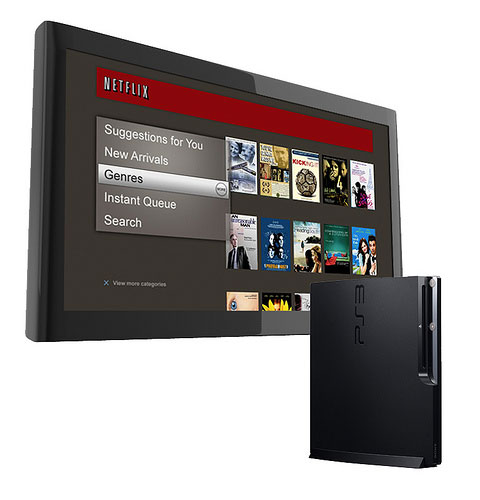Certain Key factors that can help decide your product and pricing policy is the Product Life Cycle.
Product Life Cycle (PLC): The timescale within which a product is introduced leading to a growth in sales, before sales mature and begin to decline, possibly even ending in the product being withdrawn. (Birth till Death)
Since the launch of the Sony Playstation 3, developer releases and games conferences have seen examples and demos which meant that the press had latched on and the hype was starting to grow. It was an understatement that it was going to be one of the hottest products. As such this gave a great working example to illustrate the product life cycle on product selection choices.
Stage 1 - Introduction Phase
With all consoles at launch the demand well outstrips the supply which ensures that the market price of the product will be artificially high, the reason being that there will be relatively few suppliers with stock and basically people will pay anything for the product. From your perspective you have no competition in the marketplace and you are guaranteed to sell them at a large mark up. This is one of the best times to sell and your margin will be through the roof.
Stage 2 - Growth
The supply is starting to catch up with demand, which in turn means that there are going to be more people with the product and hence the price will start to fall. Increased advertising by Sony and increased press coverage will ensure that the demand rises and as such you can make a continued profit; at a lower rate. Early growth stage is the key are as you approach the latter end the market starts to get saturated with sellers. A good part of the cycle to be selling in as the volume sales counter the reduced margins and provide a great selling base.
Stage 3 - Maturity
This is probably the hardest stage of the cycle to operate in and unfortunately the point where most sellers start to sell, product supply is normal and lots of sellers that have seen the previous profits made jump on the band wagon to get a slice of the action. Sales start to stabilize and then Sony will start to introduce a differentiated product into the marketplace to maintain sales such as a limited edition designed Playstation 3 (ie: Playstation 3 Slim)
The effect of all these sellers coming into the marketplace means that the price wars and intense competition will occur, the market is basically becoming saturated and this is where you see the bigger players leaving the marketplace as the margin produced by the product sale is no longer ‘worth the effort'.
Stage 4 - Decline
We all know there will be a Playstation 4 (probably named differently) and the market starts to decline because people are waiting for the new model to come out, maybe even a competitor brings out a console that will ‘take up the slack' during the waiting period. This generate intense price cutting in the marketplace and the price can drop significantly from day to day.
The hardest part of selling any product within the profitable sections of the product life cycle is judging the time of each stage, every products life cycle is different with some having longer stages than others and even some missing stages completely and going from introduction straight to decline. The key is to become an early adopter and aim to get the product early and maximise the market potential of the product, using the Playstation 3 example this will be extremely difficult for the majority of sellers however every product has a life cycle and every product has the potential to make profit so limiting yourself to a specific product is like throwing money down the drain.







